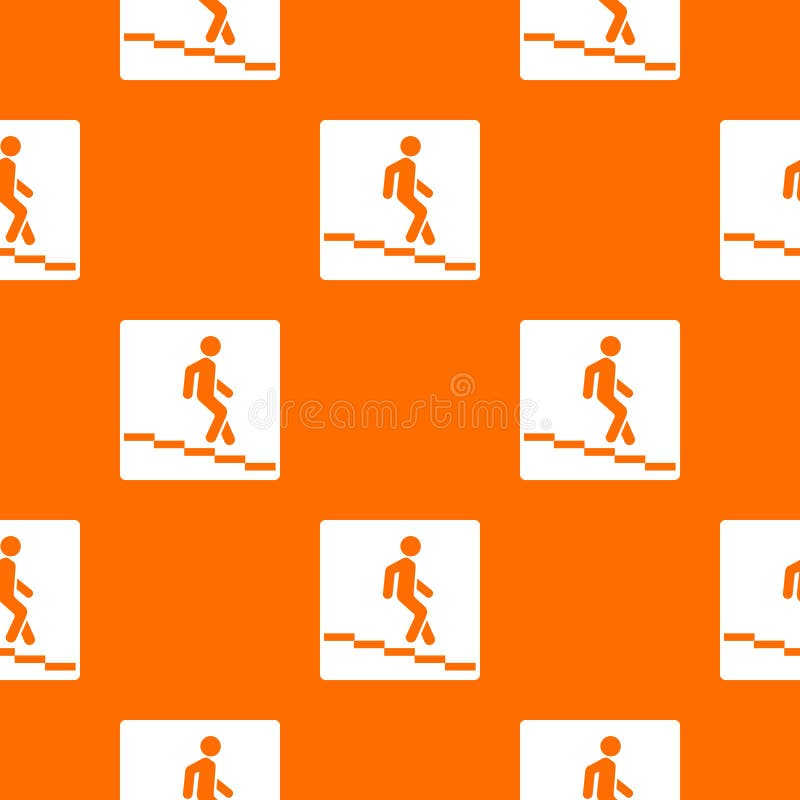
Vehicles over 3,5 tonnes must maintain the indicated minimum following distance No vehicle or combination of vehicles over length shown No vehicles over maximum weight on axle shown Vehicles weighing over 3,5 tonnes are not allowed to overtake other vehicles (except bicycles, mopeds and motorcycles)Īll vehicles are prohibited a supplemental sign may indicate exceptions You may not overtake other vehicles (except bicycles, mopeds and motorcycles) These are some commonly-used regulatory signs in Germany: Both prohibitive and prescriptive regulatory signs are ended by a black-and-white sign (although there are some exceptions). A red circle is prohibitive (meaning you should not do the action depicted) while a blue circle is prescriptive (meaning you should follow the action depicted). Like speed limit signs, most regulatory signs in Germany are round.
They are orders rather than suggestions, and as such must be adhered to. Regulatory signs are signs that give mandatory orders - for instance things that you should or should not do. Maximum (or recommended) speed limits for urban areas, federal highways and motorways The displayed speed limit only applies to the indicated lane(s)Įnd of all route-related speed and passing restrictions statutory speed limit now applies You must travel at this speed or faster, unless the weather, road or traffic conditions make it necessary to drive slower You are entering an area where the speed limit applies to all roads until you pass an “End of speed limit zone” sign Here are some speed limit signs you will see in Germany:ĭo not exceed the stated speed limit (km/h) Speed limits are ended with a black and white sign - meaning the statutory speed limit now applies. However, Germany also has a minimum speed limit sign (a blue circle), which is most commonly found on the German autobahn. The maximum speed limit sign comprising a number within a red circle will be recognisable to most road users. Speed limit signs in Germany state the maximum speed in kilometres per hour (km/h). Use dipped headlights be prepared to brake suddenly Oncoming traffic may be unexpected, for instance if exiting a one-way street This area frequently has traffic jams prepare to slow down or stop

There may be workers, machinery or dirt on the road No right-of-way at next intersection yield to traffic from the right There is an unguarded riverbank or landing ahead The road surface makes sudden manoeuvring, braking or accelerating unsafe Watch out for rocks on the road do not stop or park They usually contain an internationally-recognised black pictogram describing the danger: Warnings signs in Germany are equilateral triangles with a thick red border and white background. Warning signs give advance warning of hazards on or near the road. Motorcycles (includes motorcycles, motorcycles with sidecars, and mopeds)įarm & Power equipment (top speed <25 km/h) Vehicles over 3,5 tonnes (includes trailers and other vehicles that do not qualify as passenger vehicles, NOT buses) Passenger vehicles (cars and light trucks) Here’s an overview of these symbols, their meanings, and associated subclasses: Symbol For instance, the “motor vehicles” symbol indicates that the sign applies not only to cars but also trucks, motor homes, buses, vehicles with trailers, and so on. Some symbols also include other types of vehicle as well. Traffic signs in Germany use a set of standard symbols to indicate the type or class of vehicle being referred to on the sign. We have included the most important signs from the road sign catalogue ( Verkehrszeichenkatalog) of 2017, along with some new signs from 2020.

Officially, signs in Germany are divided into four main categories:įor ease of understanding, this page has grouped the signs slightly differently, into more logical categories. In the official German traffic code, all signs are assigned a unique number, which is used by the police on tickets and reports if a sign is involved in an incident. The German sign system is regularly updated to keep pace with changes in traffic and transportation the last time it had a major overhaul was in the early 1990s. All road signs in Germany have standardised shapes and colours and use easy-to-understand pictograms and symbols that conform closely to European standards. The traffic sign system in Germany is comprehensive and uniform. No matter whether you’re learning to drive in Germany for the first time, need to take an exam to change your driving licence, or just need to brush up on your knowledge before coming to the federal republic for a visit, this page contains an overview of all the most important German road signs. There are over 1.000 traffic signs in the German traffic code, including warning signs, speed limit signs and information signs. If you’re going to be driving in Germany, it’s a good idea to get to grips with the different road signs and their meanings, before hitting the road.


 0 kommentar(er)
0 kommentar(er)
